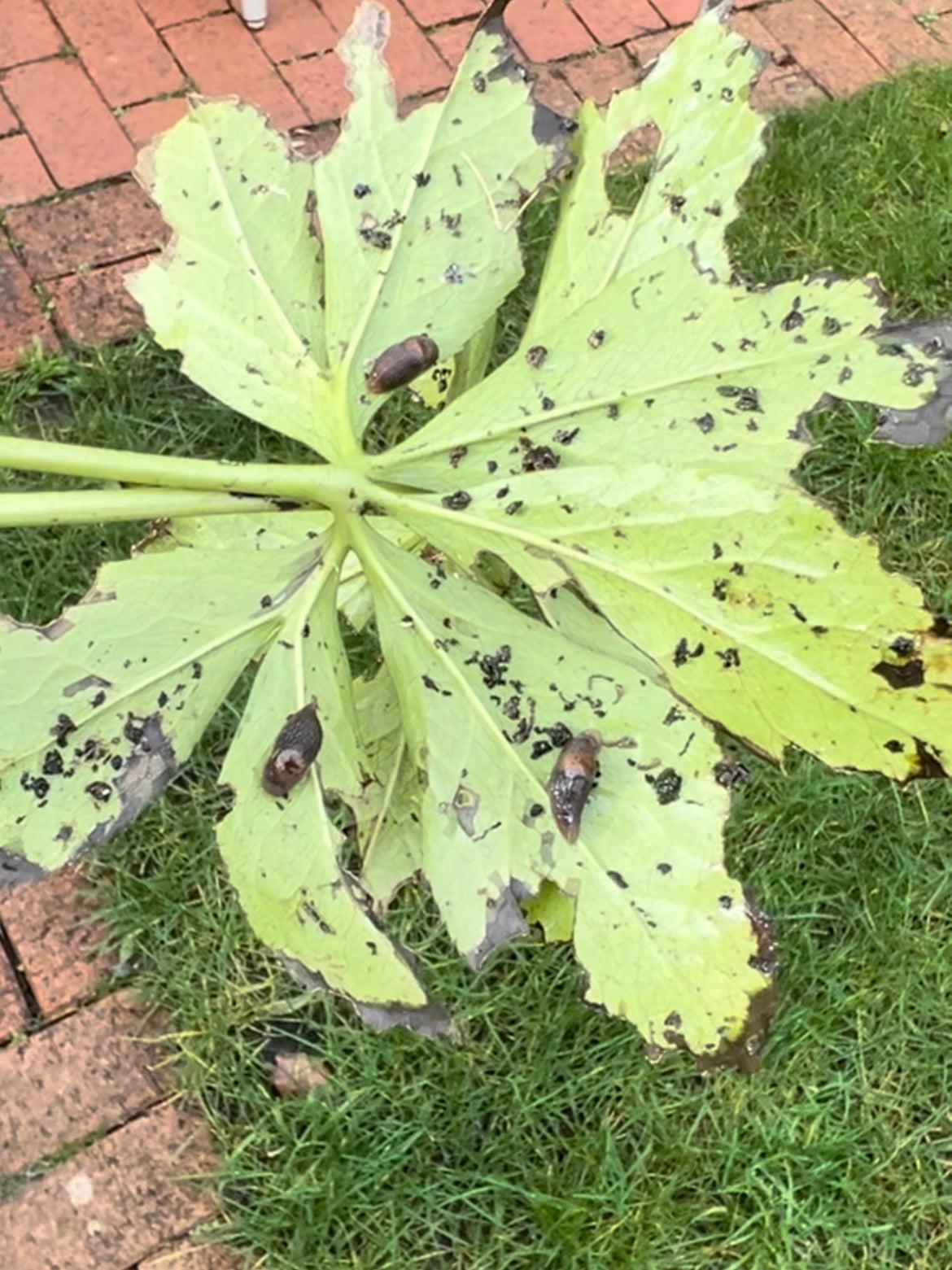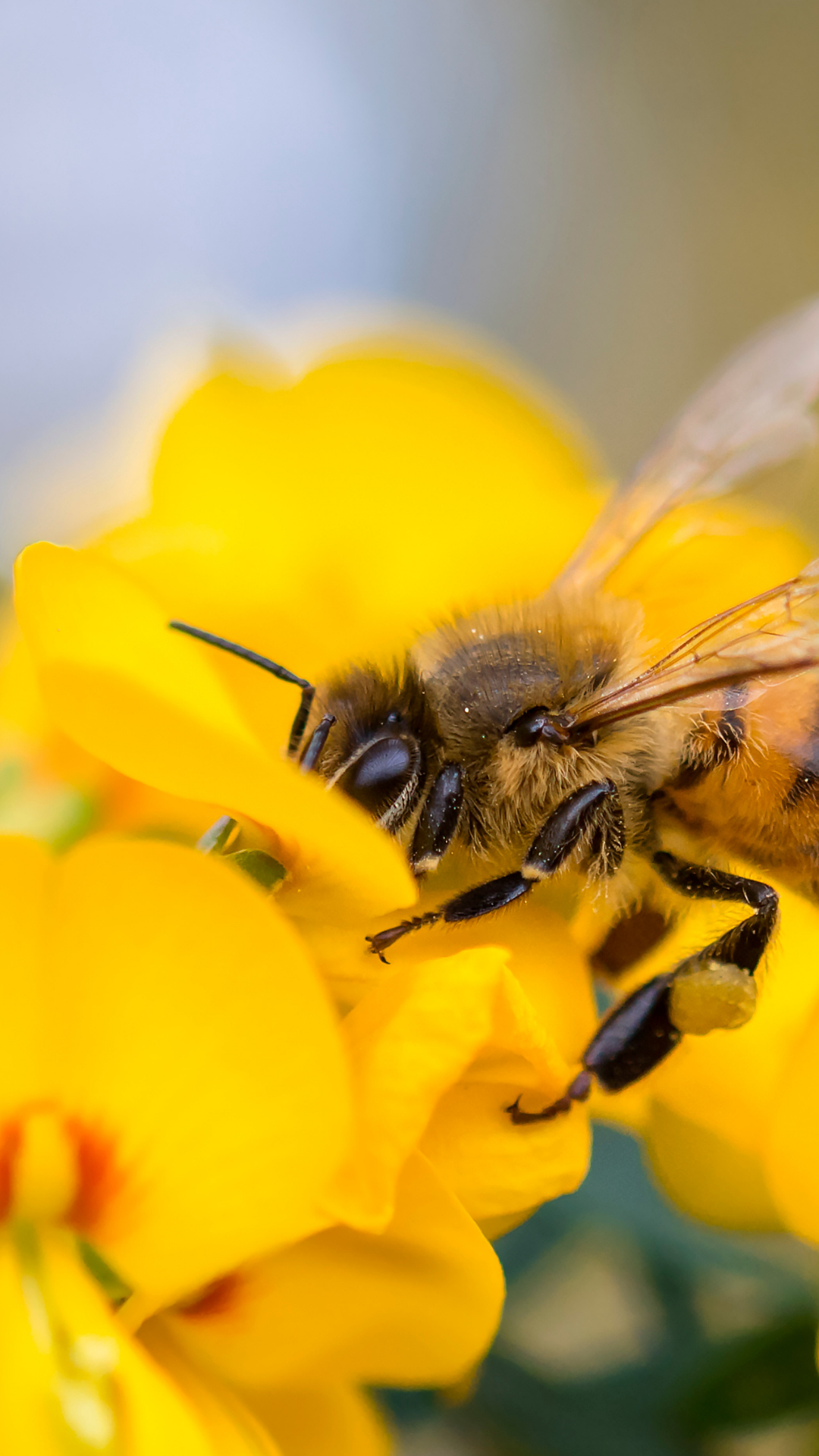Garden Pest Control

Garden Pest Control
Why It’s Not Too Late to Start Using Nematodes for Reducing Slug Numbers
by Tessa Cobley on Sep 11 2024
As summer begins to wane (did it ever show up in the first place?) and the first hints of autumn start to appear, many gardeners might think it's too late in the season to be using products to reduce pest populations. However, when it comes to using nematodes to reduce slug populations, the end of summer is actually a crucial time to act.
Here’s why starting nematode treatments now can be highly effective and why these late season applications are among the most important.
Understanding the Lifecycle of Slugs and Nematodes
Slugs are notorious for their ability to thrive in moist, cool conditions, making late summer (or a cool summer) and early autumn an ideal time for their proliferation. Slug eggs laid in late summer will hatch in the early autumn, leading to an increase in juvenile slugs that can either overwinter, or lay eggs that will overwinter, and become a significant problem in the following spring.
Nematodes are microscopic, parasitic worms that target and kill slugs. They are applied to the soil where they seek out slugs and enter their bodies, releasing bacteria that ultimately kill the host within a few days. The nematodes then reproduce inside the dead slug, continuing the cycle and providing ongoing pest control.
Buy nematodes now.
Why Late Summer Treatments Are Critical
Targeting Juvenile Slugs: Juvenile slugs are more susceptible to nematode infection than their adult counterparts. By applying nematodes at the end of summer, you can significantly reduce the number of young slugs that survive into adulthood and reproduce. This proactive approach helps break the lifecycle of slugs, leading to fewer slugs in the next season.
Ideal Environmental Conditions: Nematodes thrive in moist, warm soils, conditions that are often met in late summer (or a wet summer) and early autumn. Applying nematodes during this period ensures they remain active and effective, as they require moisture to move through the soil and find their slug hosts.
Reducing Overwintering Populations: Slugs that survive into late autumn will lay eggs that overwinter and hatch in the spring. By reducing the slug population now, you decrease the number of eggs laid, effectively reducing next year’s slug problem before it starts.
Sustainable and Eco-friendly Solution: Using nematodes is an environmentally friendly method of pest control that avoids the use of chemical pesticides, which can harm beneficial insects and soil health. Nematodes specifically target slugs, making them a safe option for organic gardeners and those looking to maintain a balanced ecosystem in their gardens. It also means they are 100% safe around pets and children who can play on and around treated areas immediately.
How to Apply Nematodes Effectively
Timing: Apply nematodes in the early morning or late evening to avoid the heat of the day, which can dry out the soil and reduce nematode efficacy. Ensure the soil is moist before application and water the area thoroughly afterward to help the nematodes move through the soil.
Maintenance: Maintain moist soil conditions for at least two weeks after application to ensure nematodes remain active and effective. Reapply every 6 weeks.
Conclusion
Starting nematode treatments at the end of summer is not only timely but also crucial for reducing slug populations effectively. By targeting juvenile slugs and preventing overwintering, late-season nematode applications can significantly impact the slug population in your garden, leading to healthier plants and a more enjoyable gardening experience.
So, don’t wait until next spring, take action now and give your garden the best chance to thrive slug free.
Shop slug nematodes

Garden Pest Control
Bee Friendly Insecticides and those to avoid
by Tessa Cobley on Jun 10 2021
Bug killers are not all bad but lots are. It all depends on how they work and how they are applied.
Organic sprays like Soft Soap and ones approved for organic growing like SB Plant Invigorator are free of nasty chemicals that stay on the plant. They are contact based insecticides, they gum up the breathing holes of the insects they are sprayed on.
They are based on plant extracts, plant oils or other safe compounds and have to be sprayed directly on the to the pest that you are trying to control. As such they will take more than one application over several days to remove all pests.
Because you have to spray they directly on to the pest insect you can also be sure that you are not killing any beneficial insects like bees and ladybirds by first checking they are not on the plant. If you spray in the evening they are less likely to be around.
Sprays that promise prolonged protection after spraying are dangerous to bees and other beneficial insects. The following pesticides (from by the Pesticide Action Network) contain neonicotinoids that are harmful to bees:
Westland Plant Rescue Bug Killer; active ingredient Thiamethoxam
Provado Vine Weevil Killer; active ingredient Thiacloprid
Bug Clear Ultra Vine Weevil Killer; active ingredient Acetamiprid
Bug Clear Gun!; active ingredient Acetamiprid
Provado Ultimate Bug Killer Spray; active ingredient Thiacloprid
Provado Ultimate Bug Killer Ready to Use; active ingredient Thiacloprid
Provado Ultimate Bug Killer Concentrate; active ingredient Thiacloprid
If you have recently used any insecticides you may need to wait 6 weeks before introducing the predators we sell on this site. Please contact us if you need help on this.
Switch to one of our contact insecticides now - Shop here
For more on the above from Monty Don - here

Garden Pest Control
Organic Pest Control when Growing Your Own - a quick guide
by Tessa Cobley on Feb 07 2021
So you've planned your plot, read up on the best growing conditions and have a host of tips ready to deploy to make this year the best yet in your veg plot but have you made a plan for stopping the insects getting to your harvest before you do? Here's a quick rundown of the pest you might come across and what you can do to stop them in their tracks.
Aphids
Crops affected - aphids love most edibles, you'll find them on Tomatoes, Carrots, Chillis, the list goes on...
How to get rid of aphids - being quick off the mark is going to make things easier. If you had an aphid problem last year then start spraying with a contact insecticide like Horticultural Soap or introduce predators just before you noticed the problem in previous years. This could be any time from April on the whole.
Aphid controls can be found here.
Whitefly
Crops affected - whitefly are typically found in glasshouses and polytunnels where they enjoy the warmth and light. Whitefly attack brassicas, tomato plants, cucumbers and peppers.
How to get rid of whitefly - use a contact based insecticide 3 times a week to get control of an infestation. Use parasitic wasps, Encarsia Formosa once the temperature is consistently above 20°C.
Whitefly controls can be found here.
Caterpillars
Crops affected - Caterpillars eat holes in your crops, especially brassicas. Broccoli, cabbage, cauliflower, turnips, swede among others can be obliterated by hungry caterpillars.
How to get rid of caterpillars - a mix of nematodes that are contained in the Fruit and Veg nematode pack can be used to control caterpillars, find them here.
Root flies
Crops affected - Cabbage, other brassicas and onions suffer from root damage from the larvae/maggots of these pests feeding. They kill recently transplanted young plants and seedlings. Many crops are made inedible from this family of pests.
How to get rid of root fly - nematodes contained in the Fruit and Veg product will clear these pests from the soil. The mix of nematodes cover a wide range of fly larvae. Find the product here.
Slugs
Crops affected - as we all know, slugs really aren't fussy and you will find holes and slimy trails all over your crops. What you might not be immediately aware of is the damage being done underground. Over 90% of the slugs in your garden/plot/patch are underground feeding on root material.
How to get rid of slugs - use nematodes especially for slugs (Nemaslug) as soon as the soil temperature reaches 5°C and every 6 weeks throughout the growing season. Find the nematodes here.
There are a range of other pests including thrips, red spider mite and others that can chomp away on your tasty treats, if you have a pest you can't identify or would just like some advice email plantcare@ladybirdplantcare.co.uk.
If you are new to growing vegetables then the RHS and Gardeners World have some great advice to get you from seed to harvest.
Visit Shop

